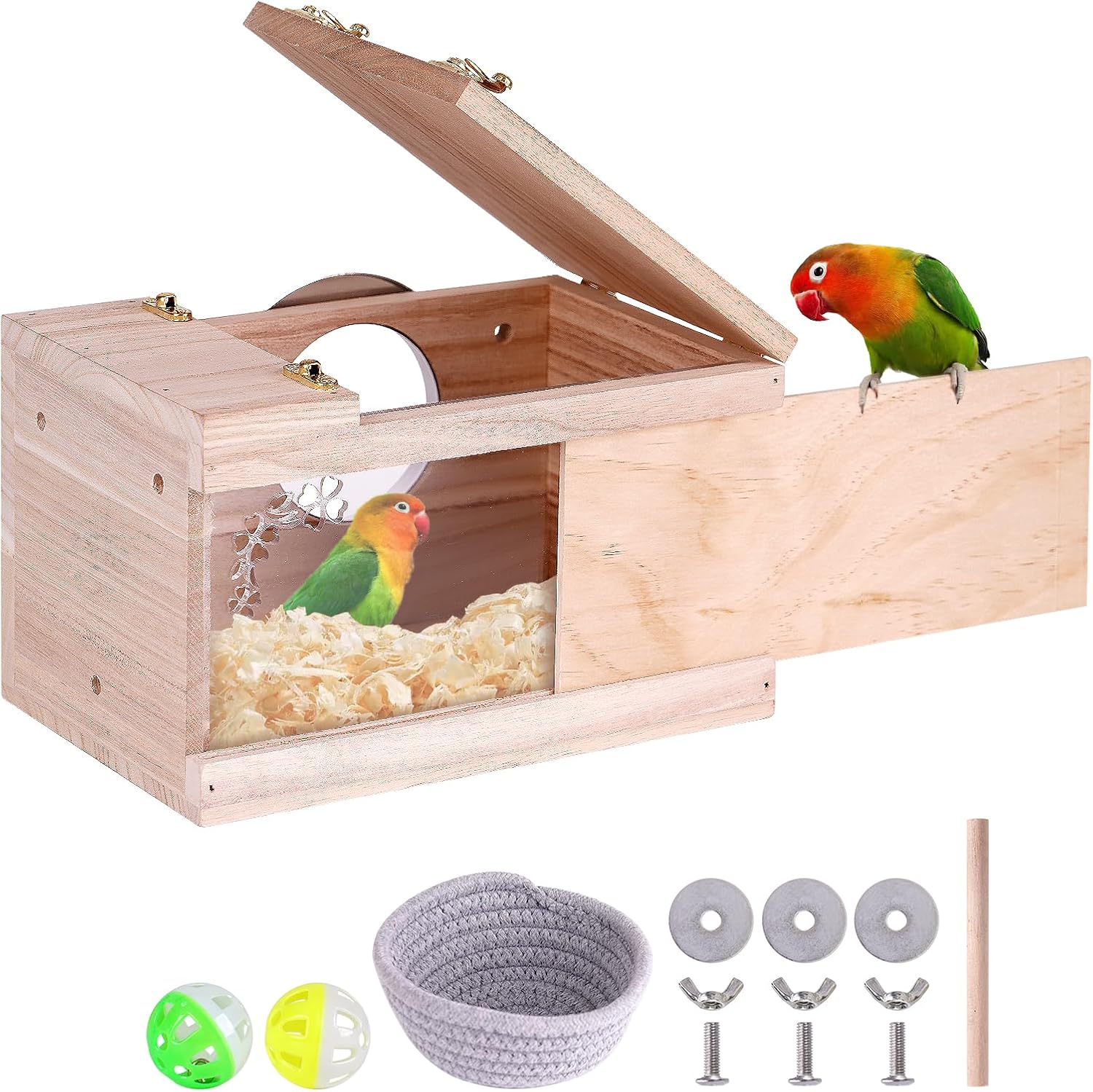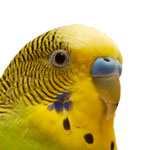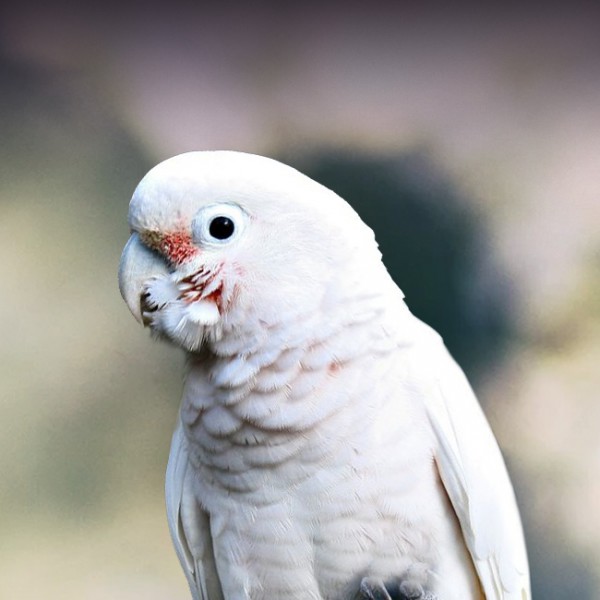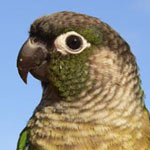Bird nesting boxes are an essential accessory for any bird owner looking to provide their feathered friends with a safe, cozy place to nest and sleep Installing a nesting box in your bird’s cage allows them to satisfy their natural instincts to seek shelter and privacy. This guide will provide you with everything you need to know about choosing, setting up and maintaining nesting boxes for cage birds
Why Use a Nesting Box?
Birds have an innate drive to seek out sheltered spots to sleep and breed In the wild, they nest in tree hollows, cliff crevices and other natural nooks A nesting box serves the same purpose in captivity. Here are some key benefits
-
Satisfies natural instincts Providing a nesting box caters to your bird’s inherent need for a safe, enclosed space They will happily explore and claim the box as their own private retreat
-
Reduces stress: The security of having a personal nest reduces anxiety and promotes relaxation in pet birds. It gives them a place to retreat when they want peace and quiet.
-
Facilitates breeding: Nest boxes provide birds with the protected environment they seek out for egg-laying and raising chicks. This is essential for breeding birds.
-
Adds enrichment: Exploring and inhabiting a new nesting area provides mental stimulation and enrichment for caged birds, keeping them active and engaged.
-
Provides warmth: Insulated nesting boxes help birds stay warm and comfortable, especially useful for species that originate from tropical regions.
Choosing the Right Nest Box
Nesting boxes come in various shapes, sizes and materials. When shopping for one, here are some important factors to consider:
-
Size of bird: Choose a box with dimensions that will accommodate your bird comfortably when they are inside. They should be able to move around and turn freely within the nest.
-
Number of occupants: If housing a pair or more birds together, opt for a larger nest big enough for multiple occupants. Individual birds do fine in smaller, snug enclosures.
-
Placement: Will the box be mounted inside or outside of the main cage? This affects the ideal size and entrance style.
-
Interior design: Some boxes contain built-in perches, ladders or padding while others are plain. Go for added features that suit your bird’s needs.
-
Materials: Wood, woven wicker and plastic are common nest box materials. Ensure it is non-toxic and easy to clean.
Some popular options include enclosed tents, wicker domes, wooden boxes and fleece pouches. Shop around for a well-made nesting box that fits your cage setup.
Setting Up the Nesting Box
Once you’ve selected an appropriate nesting box, it’s time to integrate it into your bird’s housing. Proper setup helps ensure your bird takes to using their new nest right away. Here are some tips:
-
Place the box in a quiet, peaceful area of the cage away from busy food stations or perches. Birds want their nest to be a serene sanctuary.
-
Securely attach the box if it will be inside the cage. Use zip ties or metal hardware so it stays put. External boxes can simply hang or attach to the outside.
-
Ensure adequate space around and within the box so your bird can easily access the entrance and move around inside.
-
Include soft, cosy nesting materials inside like shredded paper, cotton batting or natural grasses for an extra inviting interior.
-
Set up any ramps or ladders leading to hole entrances to make access easy.
-
Place a few of your bird’s favorite treats inside the box to motivate exploration and use.
-
Be patient! It make take days or weeks for your bird to grow accustomed to and comfortable using a new nesting box.
Caring for Your Bird’s Nest Box
To keep your bird’s nesting box in optimal condition, be sure to follow these care guidelines:
-
Clean regularly – Disinfect and wash the interior at least weekly to prevent germs from accumulating. Use mild bird-safe disinfectants and rinse thoroughly.
-
Replace nesting materials – Swap out soiled nesting fibers and add fresh materials weekly or bi-weekly to promote cleanliness.
-
Check for damage – Inspect for chewed edges, cracks or loose parts monthly. Make any needed repairs right away.
-
Watch for pests – Look out for mites, lice or other parasitic insects that can take up residence in nesting materials and boxes.
-
Remove during maintenance – When deep cleaning the cage, temporarily remove the nest box so you can access all areas for thorough scrubbing.
With attentive weekly and monthly care, your bird’s nesting box should provide a lasting safe haven. Be sure to replace the box once it shows significant wear.
Answering Common Nest Box Questions
For first-time nest box buyers, here are answers to some frequently asked questions:
How big should a bird nest box be?
As a general rule, the interior dimensions should allow your bird to freely turn around and move inside. Small birds like finches need boxes 4-6 inches on each side while larger parrots require 8-12 inch dimensions or bigger.
Where is the best place to put a nest box in a cage?
Mount the box towards the top of the cage in a quiet corner away from food, water and toys. Being up high appeals to a bird’s instincts to nest in tree hollows and crevices.
Can you put a nest box outside of the cage?
Yes, external nest boxes can be secured to the outside of the cage. This style often has an extended ramp or tube leading inside for easy access. Some birds prefer the added privacy of an outside nest.
How often should you clean a bird nesting box?
Aim to wash the interior and replace nesting materials at least weekly. More frequent changing of fibers may be needed for very soiled boxes. Disinfect fully every month.
Should you provide nesting material for bird boxes?
Yes, line the interior with soft shreddable materials like paper, cotton or grasses. This entices use while also absorbing droppings to keep the box cleaner between changes.
Can multiple birds share one nesting box?
For smaller birds like finches, usually only one mated pair will use a single box. Larger boxes can sometimes accommodate multiple birds as long as space allows them to avoid confrontation.
When should you remove a nesting box?
Remove the box any time you need full access to the cage for deep cleaning. Also permanently remove if a box becomes damaged or bird shows signs of aggression towards others in or near the nest.
Picking the perfect nesting box, placing it properly within the cage, and caring for it regularly will ensure your birds fully enjoy this essential creature comfort! With their own designated space to sleep, de-stress and settle in, pet birds are happier and healthier. Try integrating one of these beneficial boxes for your feathered cage companions today.

Should I provide my budgies with a nesting box?
Hi there! I’m quite new to owning birds but I’ve done a lot of research and made sure they didnt need anything. I have a two year-old female and a about one year-old male. The male is a new addition as I didn’t want to get chicks, but after seeing signs of loneliness with my two year-old female budgie, I decided to get one. He wasn’t tame when I bought him but we’ve become quite friendly with each other since his move. He has always liked to roam the floor of the cage, I think to look for dropped seeds or just to explore, and after he moved in with my female budgie she has also started to do so (she has never done it). The two of them has since the start been interested in each other, though I think my female was more direct in her aproach haha. Now it seems that he is starting to like her, and is trying to court her, she however doesnt seem to accept the beak tapping. She often bites towards him when he does, but she likes getting fed by him, scratches by him and even does it to him as well? Considering what’s happening, should I get them a nesting box? Is that possible why they’re roaming the floor of their cage? (are they looking for a nice spot to raise chicks?) I don’t want to encourage them to lay eggs but I want to provide them if it should happen, so I’m a bit cross. Thank you in advance!
Your male isn’t old enough to breed yet. Both birds should be at least two years old. Since she is older than him, giving them a nest box could actually cause her to get aggressive with him. She is mature, he isn’t, and she is already showing some signs that she is frustrated with him in that respect. If her hormones kick in to the point that she wants to mate with a mature male, she could actually end up killing him because he is simply in the way. So it’s best to discourage any nesting or hormonal triggers. I would recommend some changes to help, at least until he is 2 years old. You also need to think hard about breeding, because it means you can’t handle them anymore. You basically end up with a pair of birds that need privacy and a lot of healthy foods. Then you have chicks to find homes for if they produce, because you can’t keep the offspring with the parents and you can’t keep related chicks together or they might try to breed. Breeding birds isn’t easy, and you are likely to lose eggs or chicks while the parents are learning. And some parents never get it right. So you have to be able to handle the down sides and understand you might never be rewarded with chicks. But of course if you are, it makes the hard work worth it.
You need to do all of these things to discourage egg laying & breeding behavior. Keep in mind that to lay eggs, she needs longer daylight, warmer weather, abundant food, and a quiet, private environment. Your goal is to reverse these conditions.
Limit their light to 8-10 hours by covering the cage early each evening
Do not give them anything to use as a nest – no bird huts or tents, no box, bowl, etc. If she decides to sit in a food bowl, remove it and replace with smaller cups.
Do not give them anything to shred such as paper or cardboard.
Rearrange the toys in the cage frequently.
Move the cage to a different place in the room. Move the cage about once a week, or whenever she shows signs of nesting – settling on the cage floor for example. This disrupts her idea of having a stable place to lay eggs and raise chicks.
If you feed a lot of fresh foods, stop offering any for a couple of weeks, and then only offer them in small amounts about 2 or 3 times a week. You can resume normal feeding later when the birds aren’t being hormonal.
If she is let out of the cage, do not let her get in any dark cozy places and don’t give her free roam.
When you handle them, limit any petting to only the head and neck – do not pet either bird on the body. Only a bonded mate is allowed to groom the body. We can’t be a mate, so touching the body is off limits.
If there is no metal floor grate, then do not use any bedding or paper in the cage tray – leave it bare and clean it daily.
Thank you for asking Lafeber,
Brenda Have a question?
- Question Title*
- Question*
- Your Name*
- Email*
- Select Your Bird Type
- Select The Topic Name
- CAPTCHA
- NameThis field is for validation purposes and should be left unchanged.
Questions by category










Installing a Parakeet Nesting Box
FAQ
Where do you put a nesting box in a bird cage?
Install the boxes in your aviary, or fix one to the outside of the cage (whichever is applicable). This should be done in such a way that the female, (and, later, the chicks) has access to the cage via the open (i.e. removed) door.
What is best to put in the bottom of a bird cage?
Cage Liners: Use paper, cardboard, or commercial cage liners specifically designed for bird cages. These are easy to clean and replace. Bedding Material: If you prefer a more cushioned bottom, you can use: – Aspen shavings: Safe and absorbent, but avoid cedar or pine shavings as they can be harmful to birds.
What is a good nesting box for parakeets?
Nest boxes made out of wood are a perfect substitute. Parakeets don’t need much to breed in the wild, and a nest box with a dry floor area,lined with a soft nesting material to lay their eggs on will be fine.
